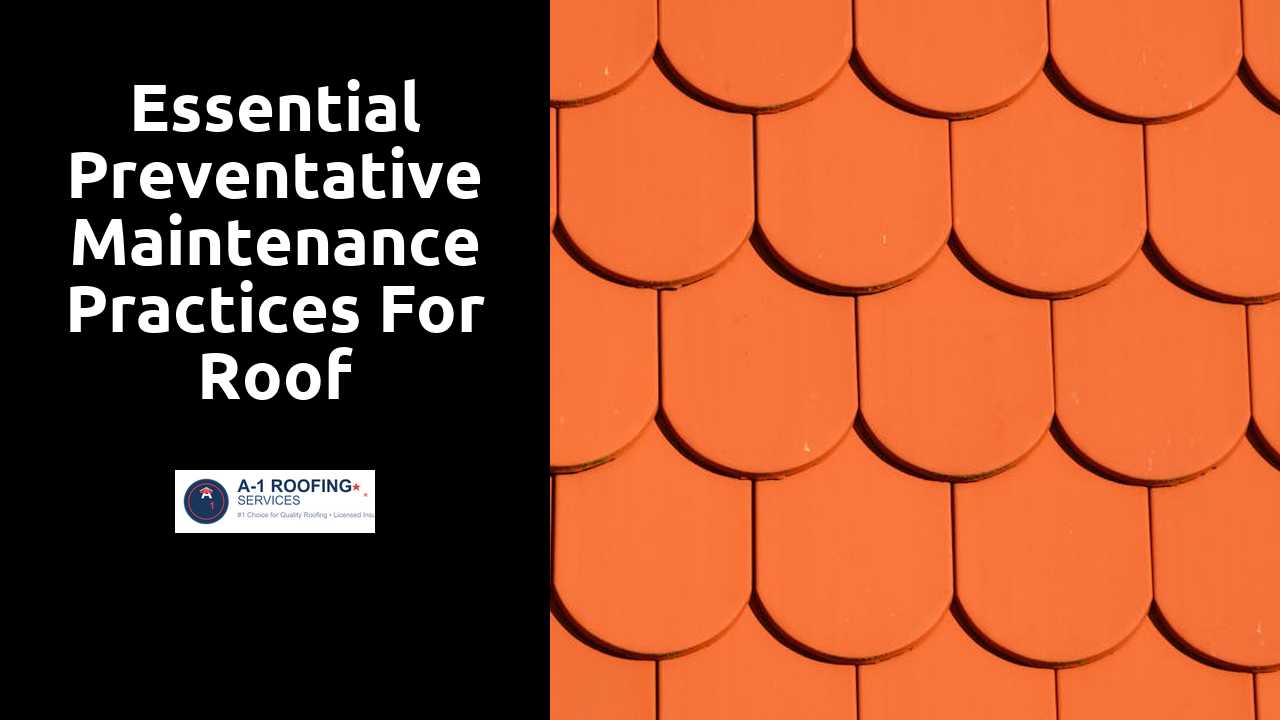
Essential Preventative Maintenance Practices for Roof Longevity
Table Of Contents
Maintaining Flashing
Flashing plays a critical role in directing water away from vulnerable areas of the roof, such as joints and chimney bases. Regular inspections are essential to identify any signs of rust, corrosion, or damage. Proper maintenance involves ensuring that flashing is securely fastened and free from gaps that could allow water infiltration. Addressing issues promptly can prevent significant damage down the line.
Routine cleaning is also important for maintaining flashing. Accumulated debris, such as leaves or dirt, can hinder water flow and lead to pooling. Utilizing a gentle pressure wash or soft brush can help remove this buildup without damaging the materials. It's advisable to check sealant around the flashing periodically to ensure it remains intact and effective in its protective capacity.
Their blog is a great resource for information.
Sealing Joints to Prevent Leaks
Regular inspection of joints is crucial in minimizing the risk of leaks in roofing systems. These joints can be the weak points where water penetration commonly occurs. Applying high-quality sealant at these joints creates a protective barrier against moisture intrusion. Choosing the right type of sealant based on the specific roofing material can enhance its effectiveness.
The application process is equally important. Before sealing, any debris and old sealant should be removed to ensure proper adhesion. Taking the time to carefully seal joints not only helps in preventing water damage but also extends the overall life of the roof. This simple yet essential practice can save homeowners from extensive repairs down the line.
Trim Overhanging Branches
Branches that hang over a roof can pose several risks to its integrity. During strong winds or storms, these branches may break and fall, causing significant physical damage. Additionally, they can create a conducive environment for pests. Leaves and debris that accumulate from these overhanging branches can clog gutters and drains, leading to water buildup and potential leaks.
Regular trimming of overhanging branches is essential for maintaining roof health. This proactive approach helps reduce the chances of damage during adverse weather conditions. By keeping branches at a safe distance, homeowners can also mitigate the risk of pest infestations and ensure proper drainage around the roof. Regular inspections should be part of a broader maintenance routine to catch any potential issues early.
Preventing Physical Damage and Debris Accumulation
Overhanging branches pose significant risks to roofs, as they can scratch, dent, or even puncture the roofing materials during storms or high winds. Regularly trimming these branches not only minimizes the potential for physical damage but also reduces debris accumulation on the roof. Leaves, sticks, and other detritus can block drainage systems, leading to water pooling and ultimately increasing the risk of leaks and mold growth. Keeping the area around the roof clear adds to the overall longevity and durability of the roofing system.
Routine inspections are essential to identify and remove debris, which can compromise the roof’s integrity if left untreated. An accumulation of debris can trap moisture or create habitats for pests, both of which can lead to further issues down the line. Implementing a regular cleaning schedule and addressing any overhanging branches immediately helps maintain a secure and effective roofing system. Investing time upfront can save homeowners from costly repairs in the future, ensuring the roof remains in optimal condition.
Assessing Roof Materials
Regular evaluation of roof materials plays a crucial role in ensuring the longevity and effectiveness of a roof. Various materials come with distinct lifespans, benefits, and maintenance requirements. Homeowners should familiarize themselves with the performance characteristics of options like asphalt shingles, metal roofing, tiles, and others. Assessing the current condition of these materials involves checking for signs of wear and tear, such as curling, cracking, or discoloration.
Different climates may also necessitate different roofing materials. For instance, areas prone to heavy rain may benefit from materials known for superior water resistance. On the other hand, regions with extreme heat might require materials that reflect sunlight rather than absorb it. Understanding the unique needs based on environmental factors can guide homeowners in selecting materials that ensure durability and efficient protection against the elements.
Choosing the Right Materials for Longevity
Selecting the appropriate roofing materials is crucial for ensuring a roof's durability and longevity. Homeowners should consider factors such as climate conditions, architectural style, and personal preferences when making their choice. Materials like metal, slate, and tile often offer enhanced durability and require less frequent replacement compared to traditional asphalt shingles. Each option comes with its unique benefits and drawbacks. Understanding these nuances can guide homeowners toward a decision that aligns with both aesthetic values and practical needs.
In addition to initial choices, the quality of the materials plays a significant role in long-term performance. Premium products may have a higher upfront cost but can result in reduced maintenance needs and improved resistance to environmental elements. Proper installation also matters greatly; even the best materials can fail if not installed correctly. Regular inspections can help identify potential issues before they escalate, ensuring that the selected materials maintain their protective qualities over time.
Related Links
How to Spot Early Signs of Roof DeteriorationThe Importance of Landscaping in Roof Maintenance